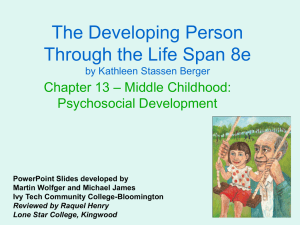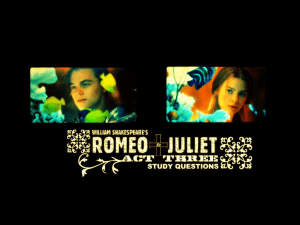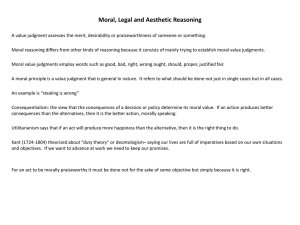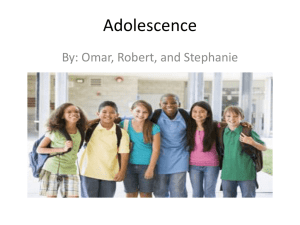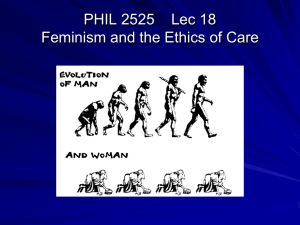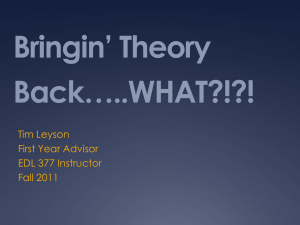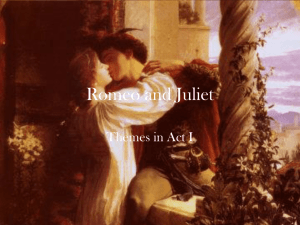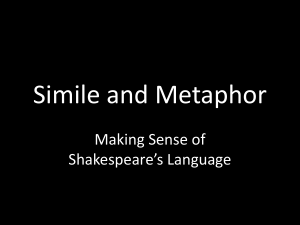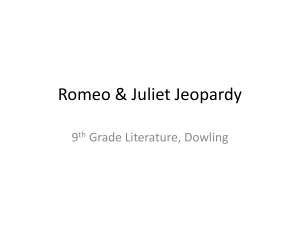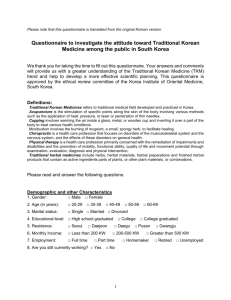Kohlberg`s Theory of Moral Development In connection with
advertisement
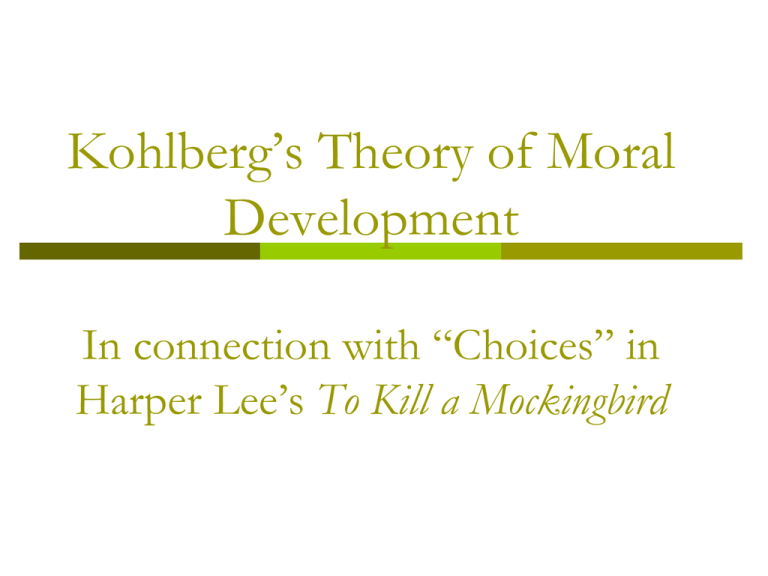
Kohlberg’s Theory of Moral Development In connection with “Choices” in Harper Lee’s To Kill a Mockingbird Lawrence Kohlberg American Psychologist Developed a sequence of stages of moral reasoning about right and wrong Kohlberg was not interested in the response of right and wrong, but in the reasoning behind the decision Kohlberg’s Theory of Moral Reasoning Kohlberg divided moral development into three levels and six stages. Each level is a different stage of moral reasoning Level 1: Preconventional Moral Reasoning Judgment is based on personal needs and others’ rules. Stage 1: Punishment-Obedience Orientation Rules are obeyed to avoid punishment. A good or bad action is determined by its physical consequences. Authority figures determine standards. Stage 2: Personal Reward Orientation Personal needs determine right and wrong. Favors are returned along the lines of “You scratch my back, I’ll scratch yours.” Eye for eye, same for all, treat all the same. Focused on fairness. Level 1: Preconventional Moral Reasoning Punishment-Obedience Good or bad is determined by physical consequences Personal Reward I’ll scratch your back if you scratch mine Level 2: Conventional Moral Reasoning Judgment is based on others’ approval, family expectations, traditional values, the laws of society, and loyalty to country. Stage 3: Good Boy – Nice Girl Orientation Good means “nice.” It is determined by what pleases, aids, and is approved by others. Considers own feelings (conscience) and feelings of others. Puts oneself in other’s shoes. Follows stereotypes of right behavior of majority. Stage 4: Laws and Order Orientation Laws are absolute. Authority must be respected and the social order maintained. Rigid, fixed rules are hard to change. Respect for authority and majority rule. Level 2: Conventional Moral Reasoning Good-Boy Nice-Girl These two are dressed appropriately for work to please themselves and others Laws and Order Make sure to obey these signs! Level 3: Postconventional Moral Reasoning Stage 5: Social Contract Orientation Good is determined by socially agreed-upon standards of individual rights. Standards of behavior are critically examined and socially agreed upon. Law can be changed for the benefit of society. Making decisions for the greater good. Stage 6: Universal Ethical Principle Orientation Good and right are matters of individual conscience and involve abstract concepts of justice, human dignity, and equality. TKM Discussion: Harry Potter & the Half-Blood Prince Scenario (plot): Harry Potter kills “He who must not be named” (Lord Voldemort). TKM Discussion: Harry Potter What was the decision or choice Harry made? Harry decides it is necessary for Lord Voldemort to be killed. TKM Discussion: Harry Potter What Kohlberg level and stage of moral reasoning is Harry Potter at? Level 3, Stage 5. It is wrong to kill, but Harry thinks about what is good for both the wizard and the muggle society. He kills Lord Voldemort for the greater good because Voldemort is too destructive. TKM Discussion: Romeo & Juliet Scenario (plot): After Romeo and Juliet are married, Mercutio wants Romeo to fight Tybalt, but Romeo says he won’t because he loves him, but won’t tell him why. So, Mercutio instead picks a fight with Tybalt. TKM Discussion: Romeo & Juliet What was the decision or choice made? Mercutio decides to fight with Tybalt -ORRomeo decides not to fight with Tybalt TKM Discussion: Romeo & Juliet What Kohlberg level and stage of moral reasoning is Mercutio at? Level 2, Stage 3 Mercutio desires to fulfill his stereotype expectations to please others on his side of the family feud. He decides then, to take action against Tybalt because he is worried about what others think. -OR- Level 3, Stage 6 Romeo chooses not to fight Tybalt because of his individual conscience, thinking about his beloved Juliet and his desire to please her.
